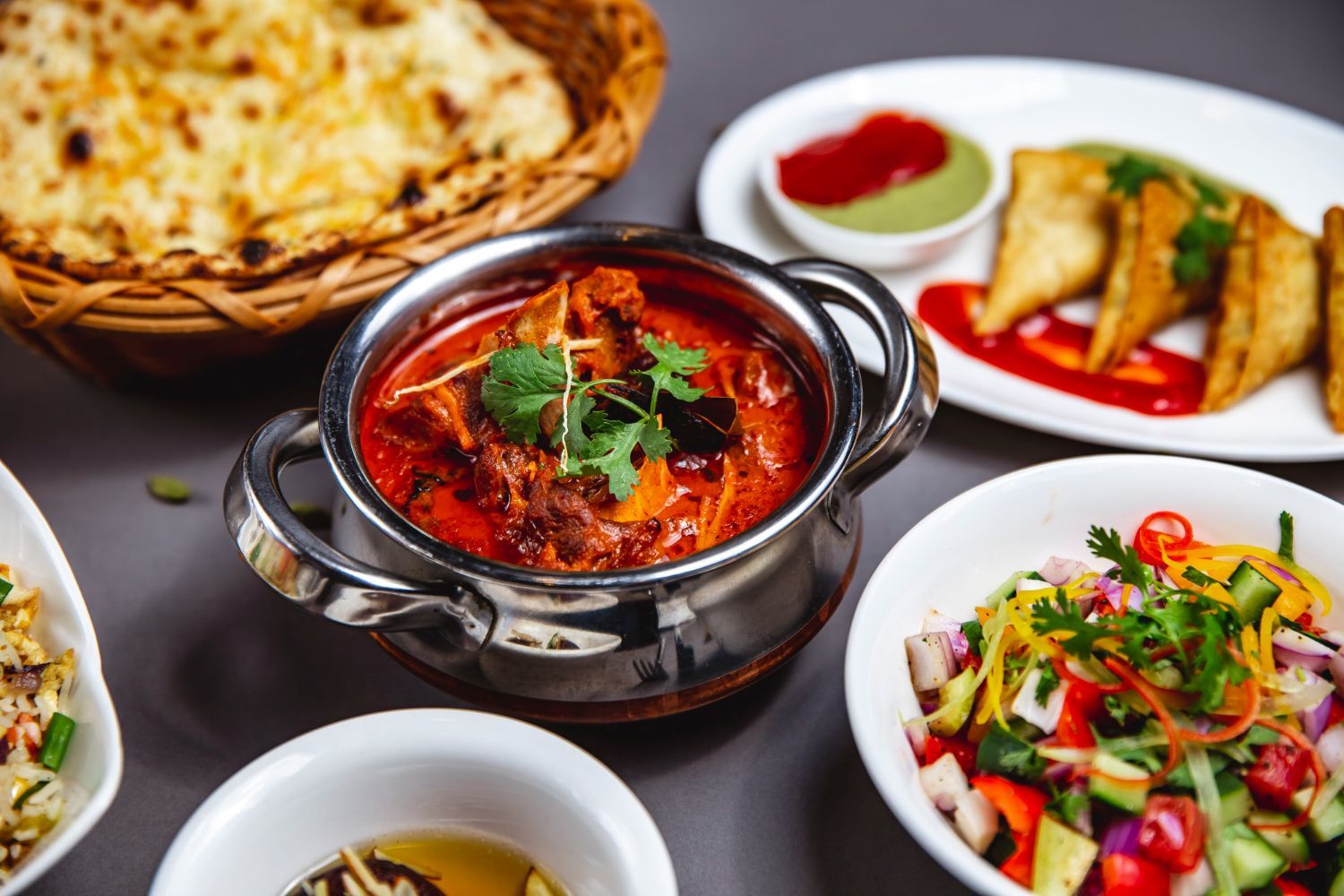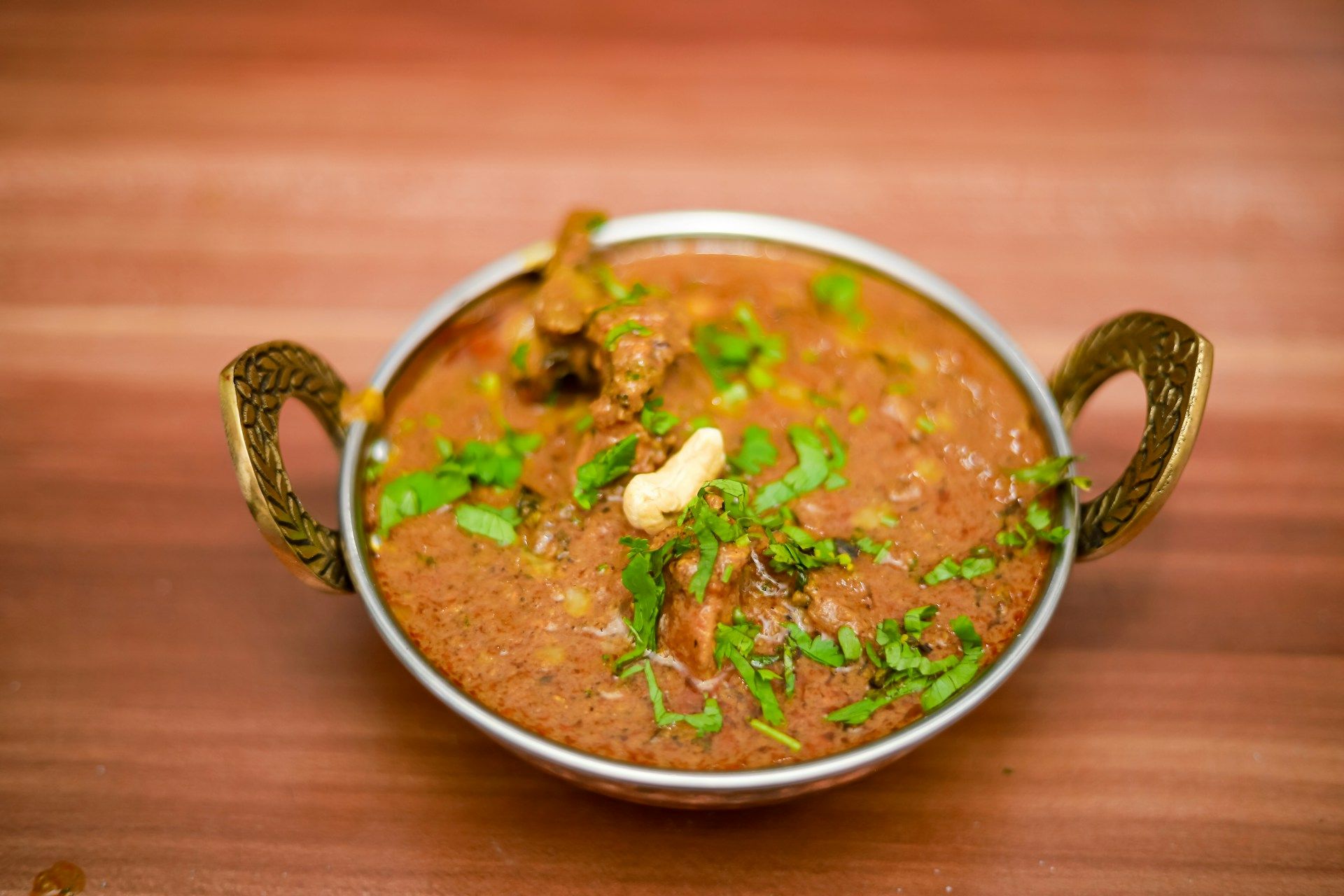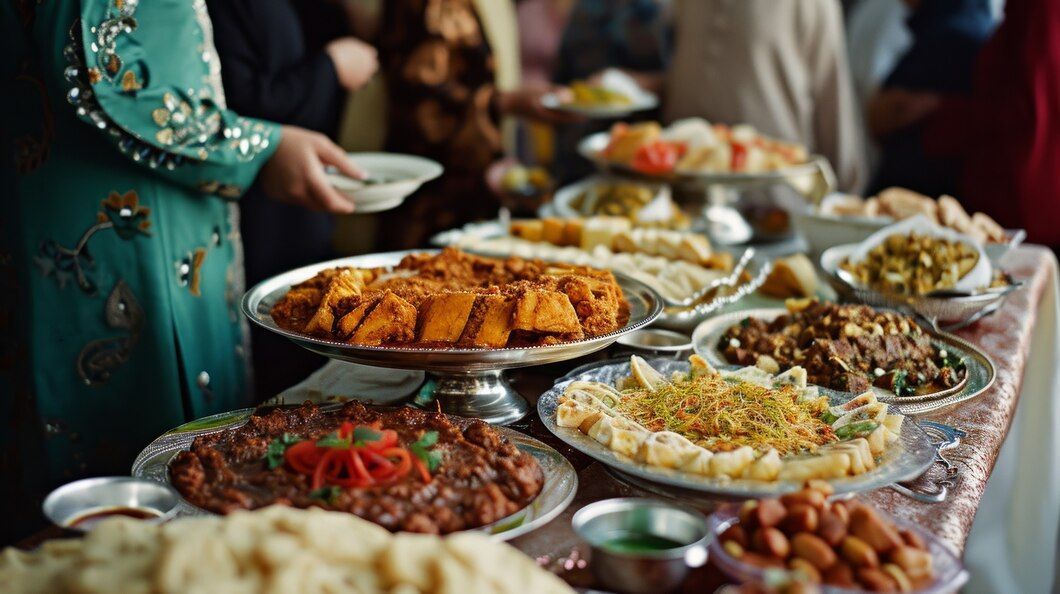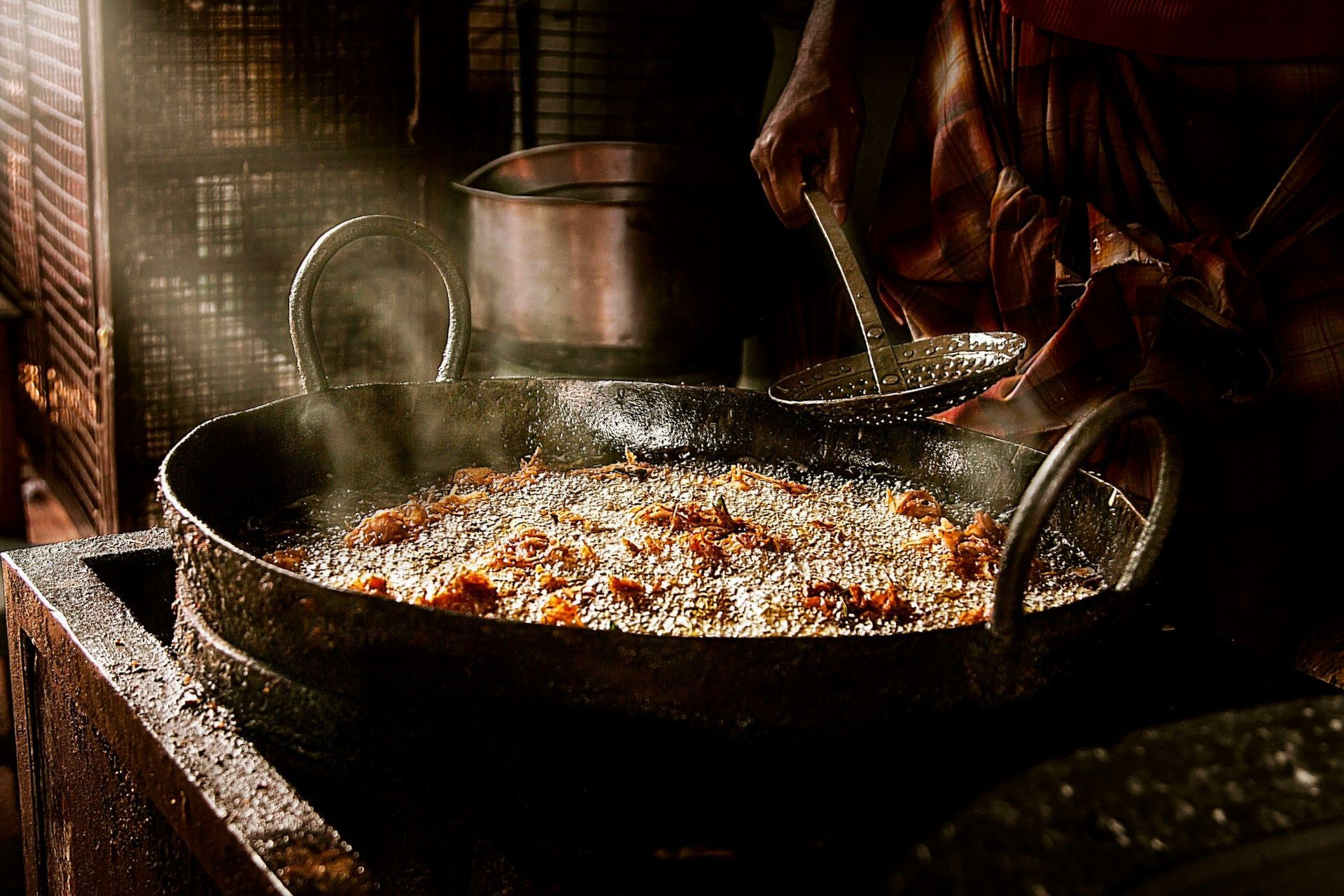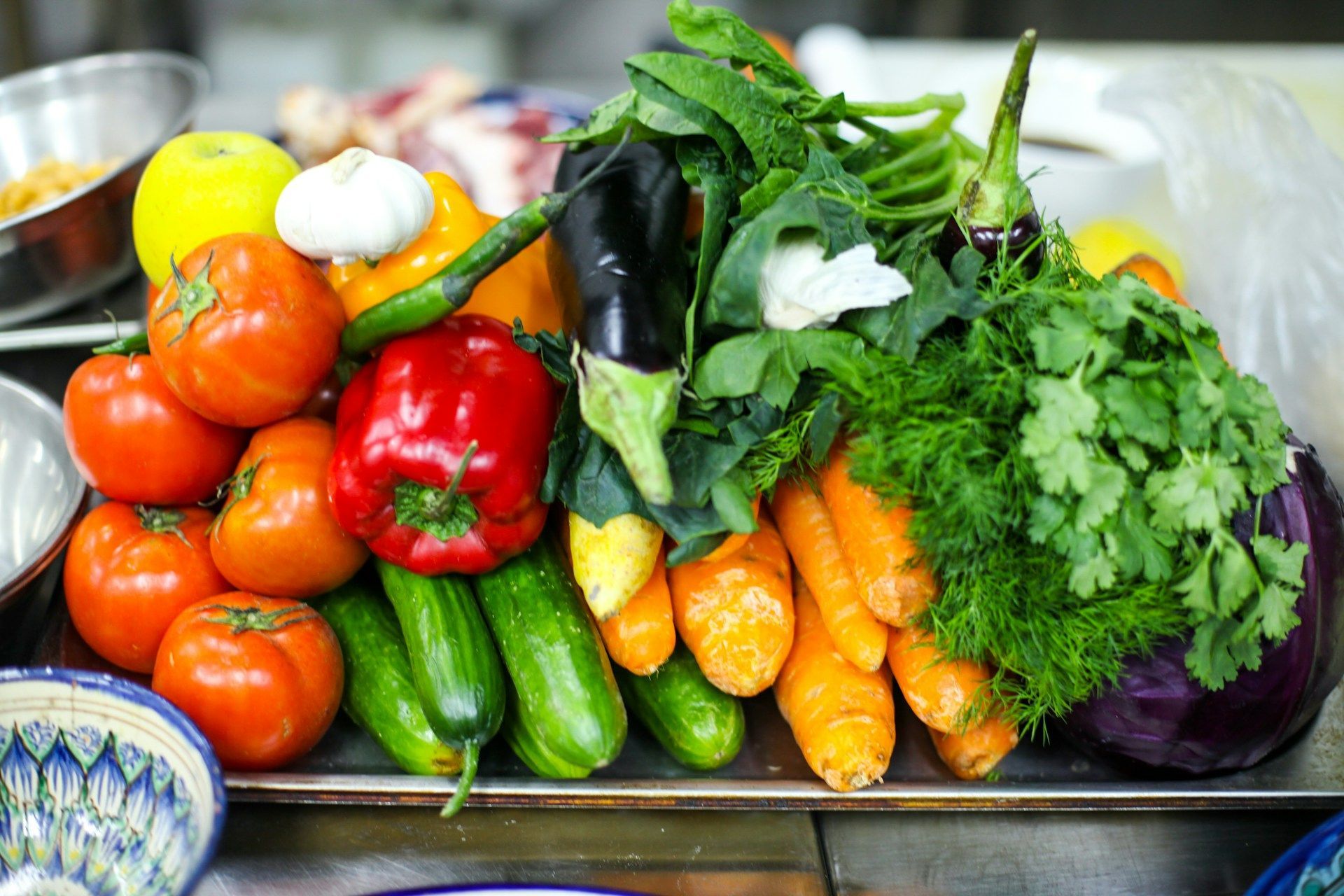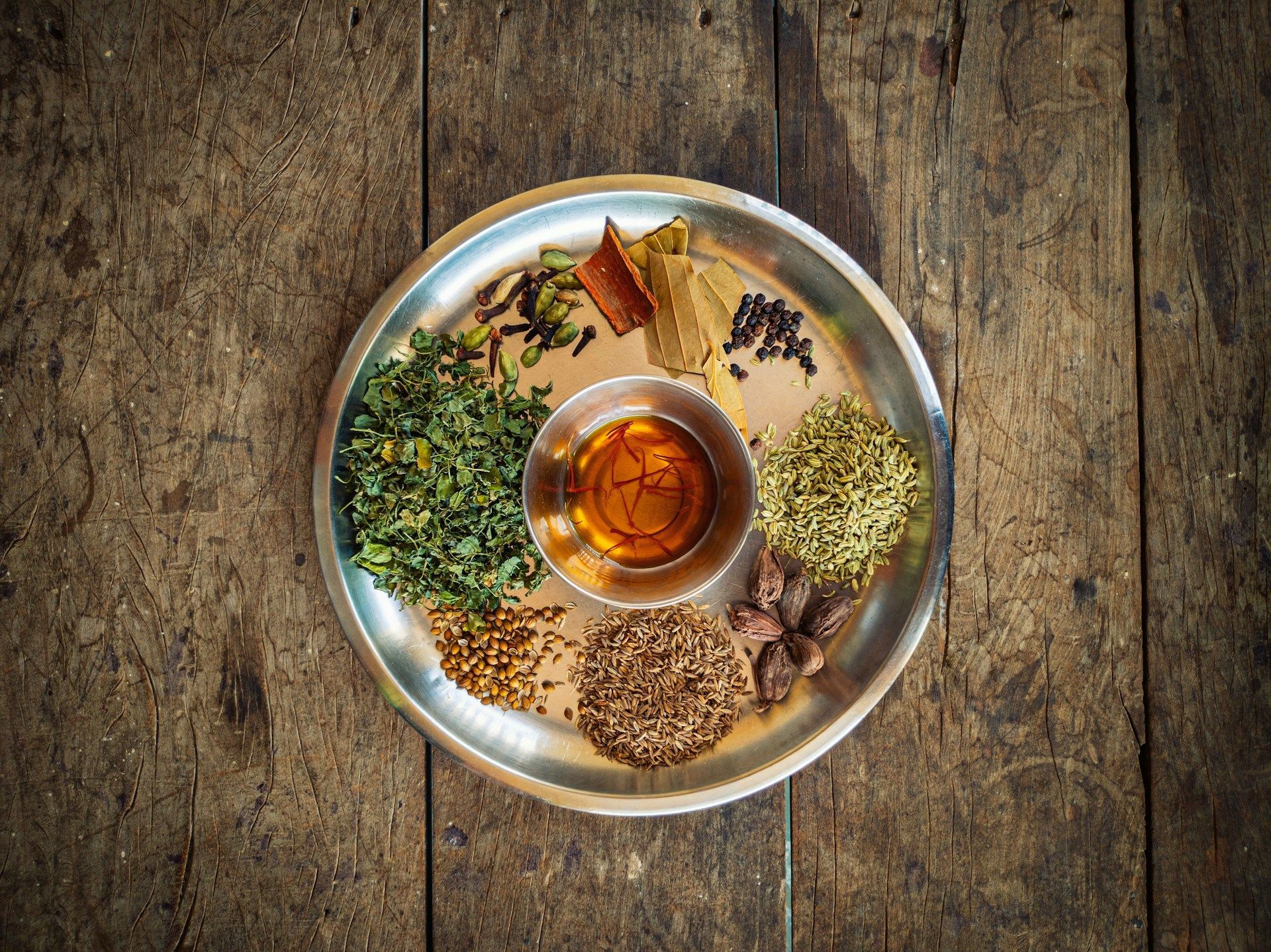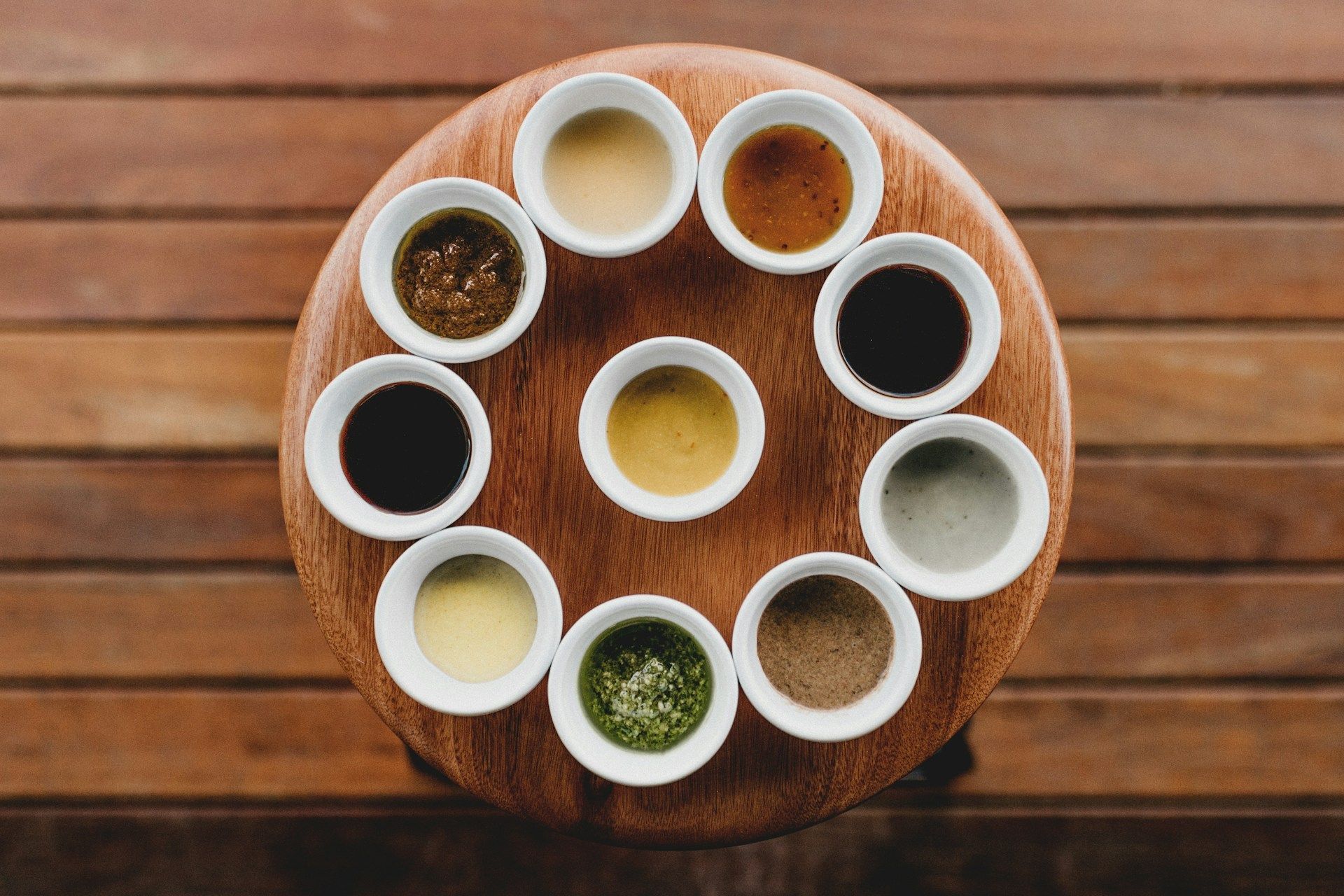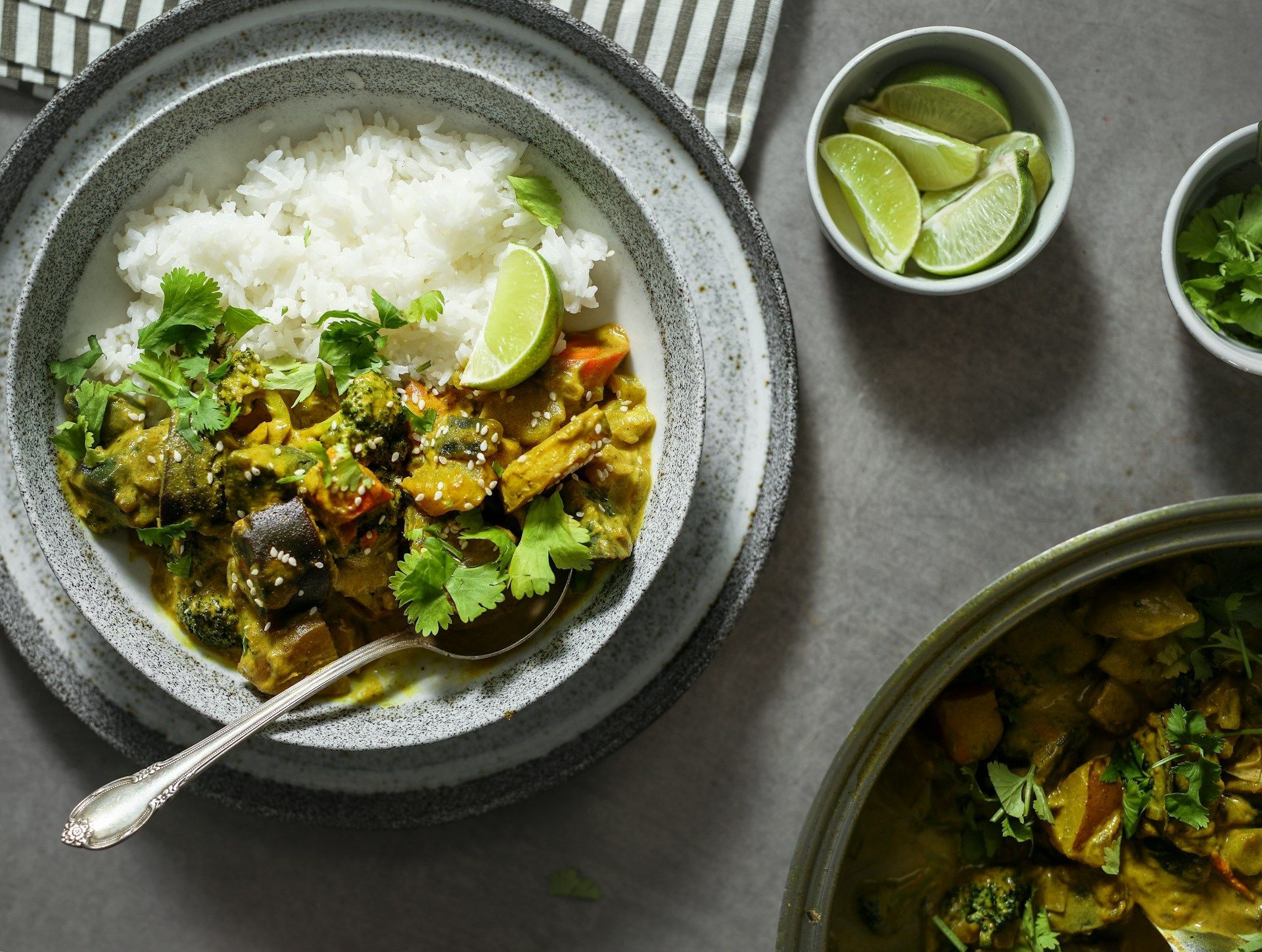Weaving a Rich Culinary Tapestry with the Flavours of India
SUHEL AHMED • 25 February 2021
Understanding the nuances of culture is usually made through sit-down history lessons where the memorisation of leaders, dates, and trade routes are prioritised. However, no history book can capture the development of a country’s culture as well as its food can. Food can be considered a history lesson in itself since the environment and available resources heavily influence its creation.
It is the very complexity of its history that makes Indian food so rich and flavourful. Not only has food become the product of a melting pot of different cultures, but it has also provided people of all walks of life something to share. With a growing economy and liberalisation, food has become a popular topic in everyday life. Here are some of the ways that Indian culture shines through its flavours, whether that’s at home or in your favourite curry restaurant.
A Rich History of Growth
India has seen much growth since its food economy in the 1960s where the country was verging on famine. Today, India is a country where the food is plentiful with a demonstration for flair. Cooking shows with celebrity chefs dominate the television networks, and local spices are gaining more fame locally and internationally. The food scene is practically booming, with international metropolitan restaurants teeming with customers. Most tourists who go to India look not for the fine dining options but the famed street food they see featured on the internet. Never before has Indian food received so much attention, and never before has the country’s complex historical and contemporary relations with other cultures been more evident in the culinary framework and gastronomical lifestyle.
Culinary Imagination
To understand how food develops in different countries, one must appreciate the culinary imagination required for its conceptualisation. Technically, there is no one definition of Indian food. What most people know to be Indian cuisine is actually a combination of local, regional, and caste-based ingredients with thousands of methods of preparation. India’s history only called these food varieties “regional” and “local” after its independence in 1947, enjoying domestic and foreign patronage throughout.
Diversity paved the way for Indian taste, boasting a wide variety of flavours and textures that locals enjoyed. Recent years have also seen the rise of multinational food corporations that copied Indian food giants, industrialised agriculture, and standardised food in urban areas, thereby prompting a flattening of the food terrain.
Food and Identity
Food in this country also indicates one’s caste, class, family, lineage, religion, ethnicity, and secular group. While globalisation seems to accelerate identity crises, food plays a significant role in what makes up Indian nationalism and identities. Its diversity in the gastronomic landscape has also led to scarce academic discourse findings but plenty of information from the internet. Food blogs teaching and commenting on Indian food continue to dominate digital spaces, with Indian cuisine quickly becoming a favourite.
The Way to Eat Indian Food
Knowing and enjoying food was praised and encouraged as far back as the ancient scriptures like the Kamasutra and the Dharmaśāstras. However, food consumption in India has also been influenced by asceticism and self-control. Medical systems such as Ayurvedic (Hindu) and Unani (Muslim) have categorised the body according to its reaction to different food types, which is linked to overall feelings, wellbeing, balance, and even personality disorders and traits. It is often encouraged to eat prescribed foods combined with yoga practices to balance the mind, body, and spirit for self-care and self-fashioning.
Conclusion
With so many factors influencing Indian food, it’s no wonder that there is always something new on the table when visiting your favourite restaurant. In truth, a single restaurant can only offer snippets of the vast variety of Indian cuisine that exists. But by being adventurous in your menu choices and understanding the fact that there is more beyond what your palate is experiencing, you can have an incredible dining experience that only the authentic tower Indian restaurant in London can offer you.
Are you looking for the best Indian restaurant near Tower Hill? At Tower Tandoori, we maintain a tradition of serving locals and visitors authentic delicacies that give a taste of India’s rich culinary history. Book a table or order online today!

